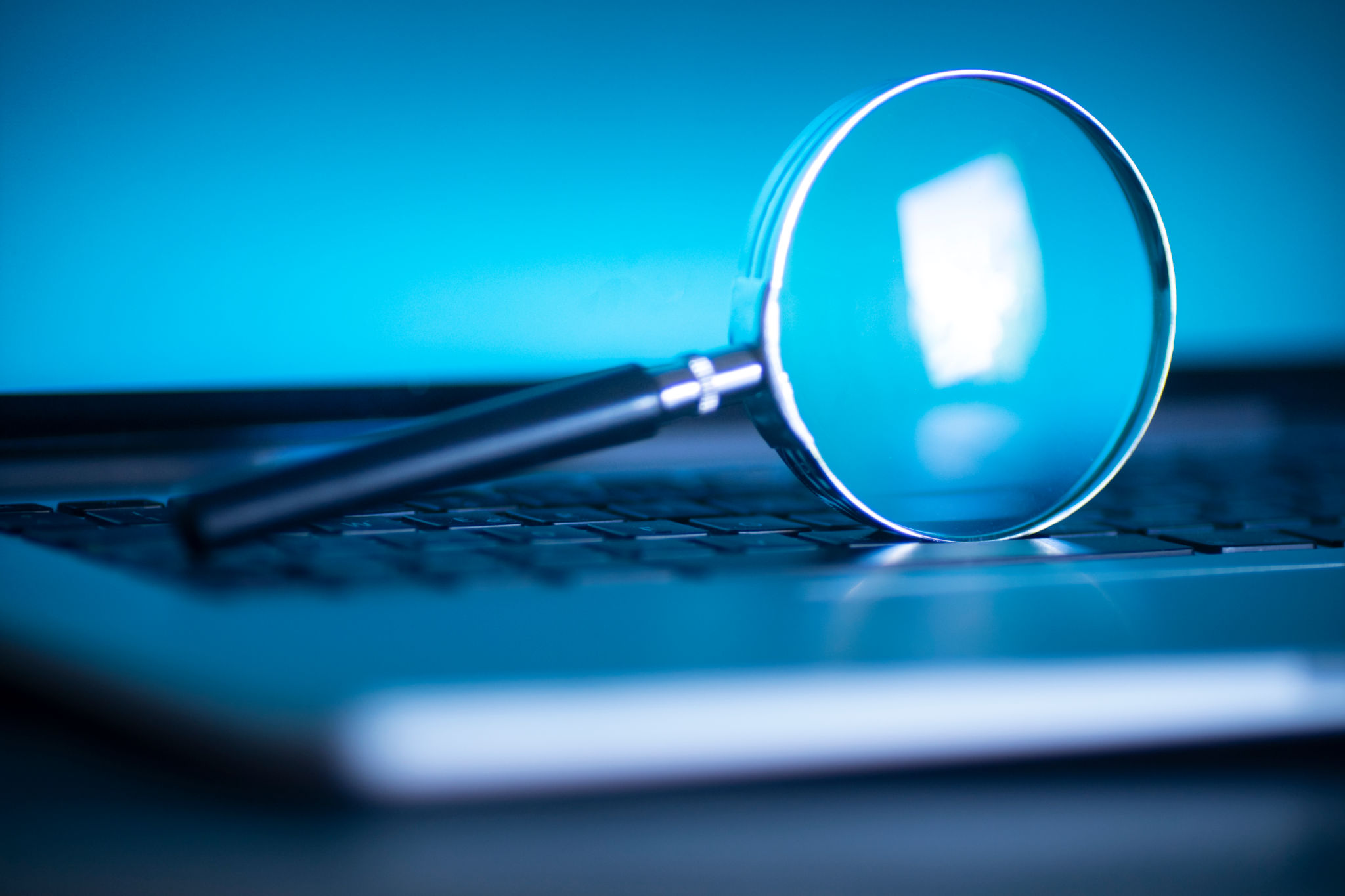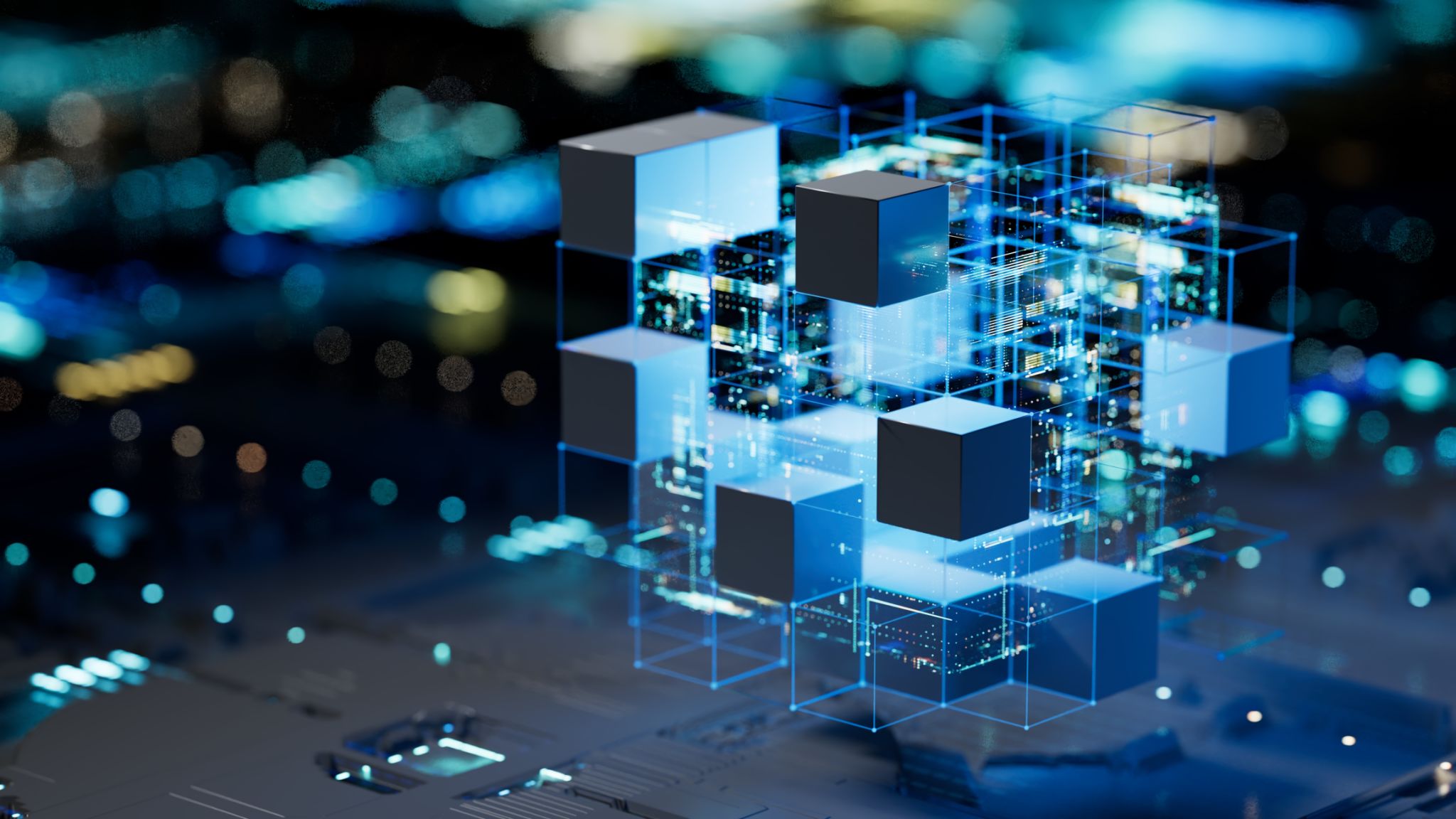Exploring Emerging Technologies in the Analytical Instruments Market
The Dynamic Landscape of Analytical Instruments
The analytical instruments market is undergoing a significant transformation, driven by the rapid advancement of emerging technologies. As industries demand more precision and efficiency, the evolution in this sector is crucial. Technologies such as artificial intelligence, the Internet of Things (IoT), and advanced data analytics are reshaping how these instruments are designed, operated, and maintained.
In the past, analytical instruments were largely mechanical and required significant human intervention. Today, they are integrated systems capable of performing complex analyses with minimal human input. This shift not only improves accuracy but also enhances the speed of data collection and interpretation.

The Role of Artificial Intelligence
Artificial intelligence (AI) is at the forefront of innovation in analytical instruments. AI algorithms now enable these devices to learn from data patterns, making them smarter and more intuitive. This capability is particularly beneficial for industries like pharmaceuticals and biotechnology, where precision is paramount.
AI-powered analytical instruments can predict outcomes and suggest optimal settings for experiments, reducing the margin for error. Moreover, AI facilitates the automation of routine tasks, freeing up specialists to focus on more complex problem-solving activities.

Advancements in Data Analytics
Data analytics has become a cornerstone of the analytical instruments market. With the influx of big data, these tools are now equipped to handle vast amounts of information swiftly. Advanced algorithms process data in real-time, providing actionable insights that can lead to better decision-making across various sectors.
In industries such as environmental science and food safety, where regulatory compliance is crucial, data analytics ensures that all parameters meet the required standards. The ability to quickly analyze and interpret data helps companies stay ahead in competitive markets.
The Impact of IoT Integration
The Internet of Things (IoT) is another transformative force in this market. IoT-enabled devices can communicate with each other and central systems, offering real-time updates and notifications. This connectivity ensures that analytical instruments are always operating at peak performance and can alert users to potential issues before they escalate.

Furthermore, IoT integration allows for remote monitoring and control, which is especially useful in laboratory environments where maintaining optimal conditions is critical. This technology also supports predictive maintenance strategies, reducing downtime and extending the life of equipment.
Challenges and Opportunities
While these emerging technologies offer immense potential, they also come with challenges. The integration of AI, IoT, and data analytics requires significant investment and skilled personnel to manage these systems effectively. Additionally, concerns about data security and privacy must be addressed to ensure compliance with global standards.
However, these challenges also present opportunities for growth and innovation. Companies that invest in these technologies can expect improved efficiency, reduced costs, and enhanced capabilities. As the demand for precise analytical solutions grows, the market is poised for continued expansion.

Conclusion
The analytical instruments market is on the brink of a new era driven by technological advancements. As AI, IoT, and data analytics continue to evolve, they bring unprecedented capabilities to this field. By embracing these technologies, industries can achieve higher levels of accuracy and efficiency, ultimately leading to more informed decision-making and better outcomes.
Staying informed about these trends will be crucial for businesses looking to maintain a competitive edge in today's fast-paced environment. As we move forward, the integration of emerging technologies will undoubtedly shape the future of analytical instruments.
